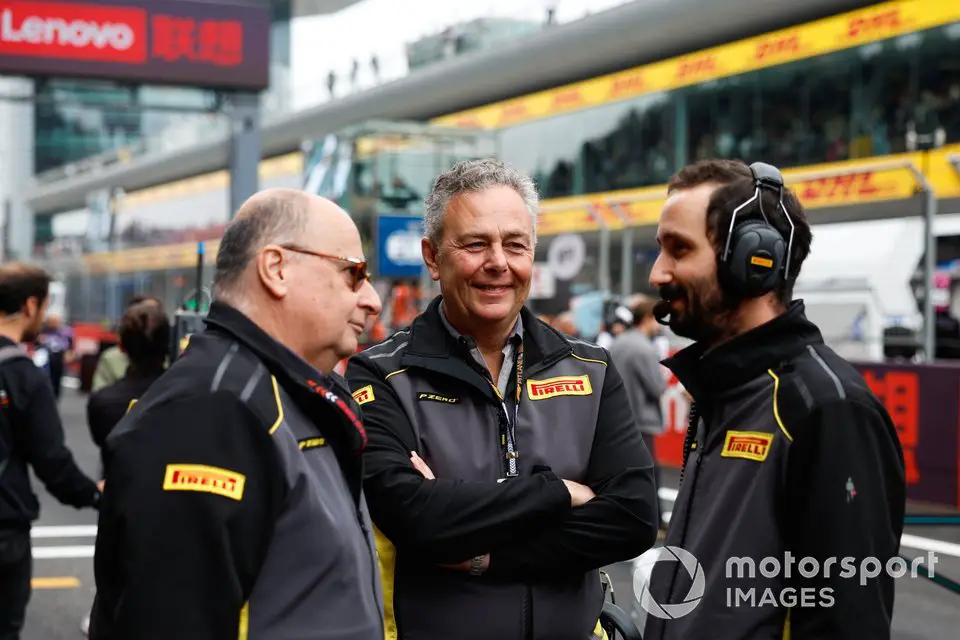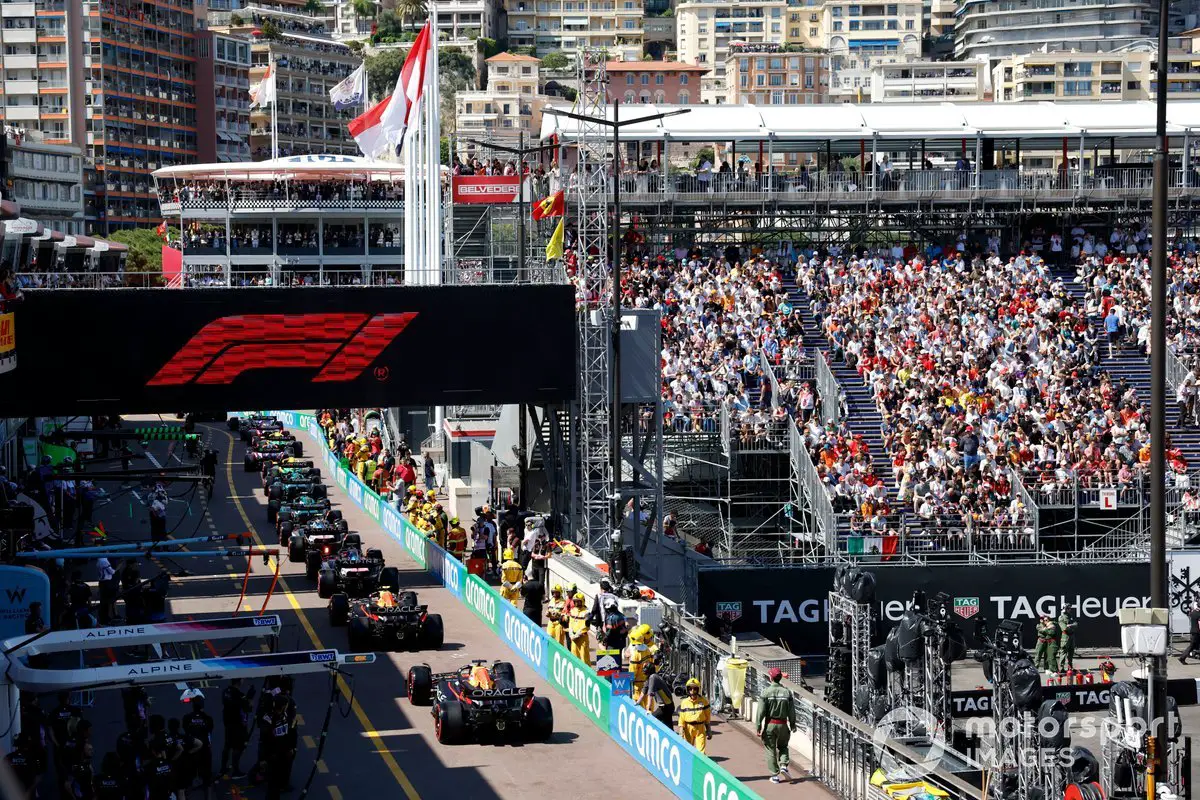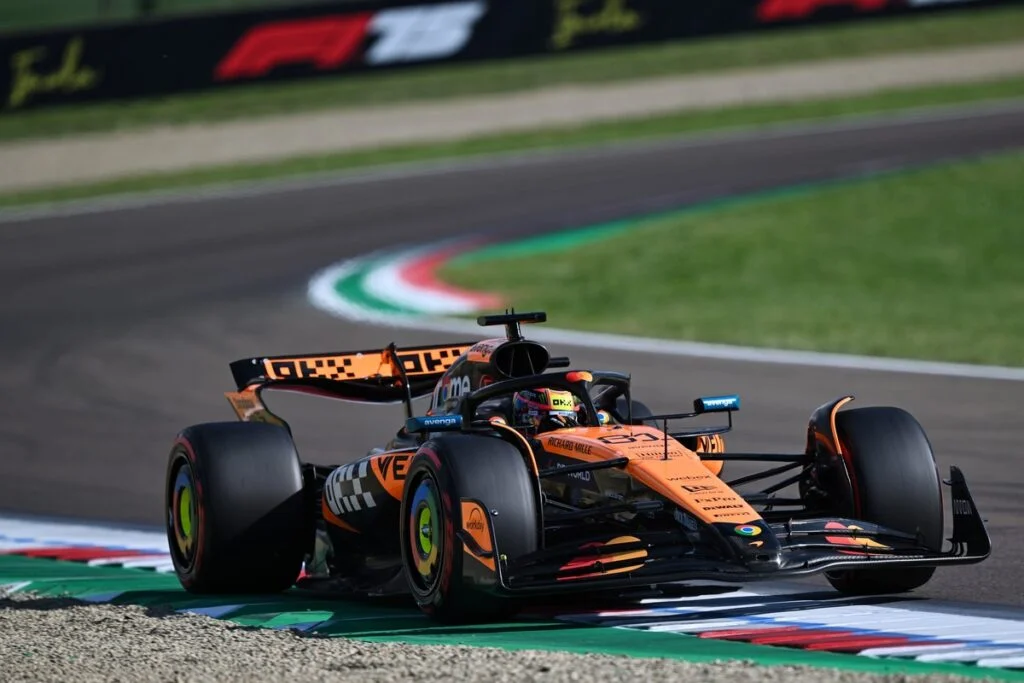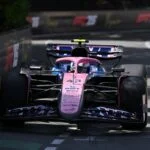The New C6 Tyre: A Potential Solution to Monaco’s Overtaking Dilemma
The narrow, winding streets of Monaco have long been a challenge for overtaking in Formula 1. Remarkably, the last genuine on-track pass for the lead, excluding the first lap, was reportedly in 1985. Since then, pit strategy and incidents have dominated position changes at this iconic race.
The Proposed Two-Stop Strategy for Monaco
Last year, a red flag incident allowed drivers to change tyre compounds during a pause, resulting in a processional race with points positions largely determined by grid order. This year, the FIA’s World Motor Sport Council has approved a proposal requiring all drivers to use at least three sets of tyres in Monaco, effectively making it a two-stopper at minimum.
However, this solution is seen as a temporary fix, as teams may converge around the same pit stop timing if applied to other races. For strategic variety and unpredictability, multiple options with potential upsides are needed, which is why Pirelli has high hopes for the new C6 tyre.
The Role of the New C6 Tyre in Monaco
Originally created with street circuits like Monaco in mind, the C6 tyre was first deployed at Imola last weekend. Its introduction opens the possibility of ‘skipping’ compounds, creating a bigger performance differential between them.
Pirelli Motorsport boss Mario Isola aims to encourage teams to adopt a two-stop strategy with this new tyre, as it offers more action, unpredictability, and better races. However, the current selection of three similar compounds has led to fewer offset strategies.

The Impact of the C6 Tyre on Future Races
Pirelli plans to run fresh simulations for upcoming races based on data gathered during the opening rounds. This will help them understand if skipping one level or creating a harder hard tyre could encourage more strategic variety and race pace differentiation.

The Testing of the C6 Tyre at Imola
Imola was chosen as the test venue for the C6 tyre to assess its performance in corners that put more energy through the tyre. Preliminary results suggest it has a sharp performance peak, which can cause thermal stresses and affect performance over a lap.
The medium-compound tyre is currently the preferred qualifying choice, but using it requires earmarking sets for the race. While this adds strategic interest, stakeholders prefer differentiation between compounds and potential race pace rather than this kind of ‘jeopardy’.
Future Plans for the C6 Tyre
The C6 tyre will need to perform well in qualifying to be successful. If it can achieve that, Pirelli plans to bring it to circuits like Canada, Baku, Singapore, and even Mexico. However, its performance at Imola suggests it may struggle with fast, flowing corners due to thermal stress build-up.
The C6 tyre’s success in Monaco could significantly impact the race strategy and potentially lead to more overtaking opportunities, making the event more exciting for fans. But first, Pirelli needs to ensure it can handle various track conditions effectively.







